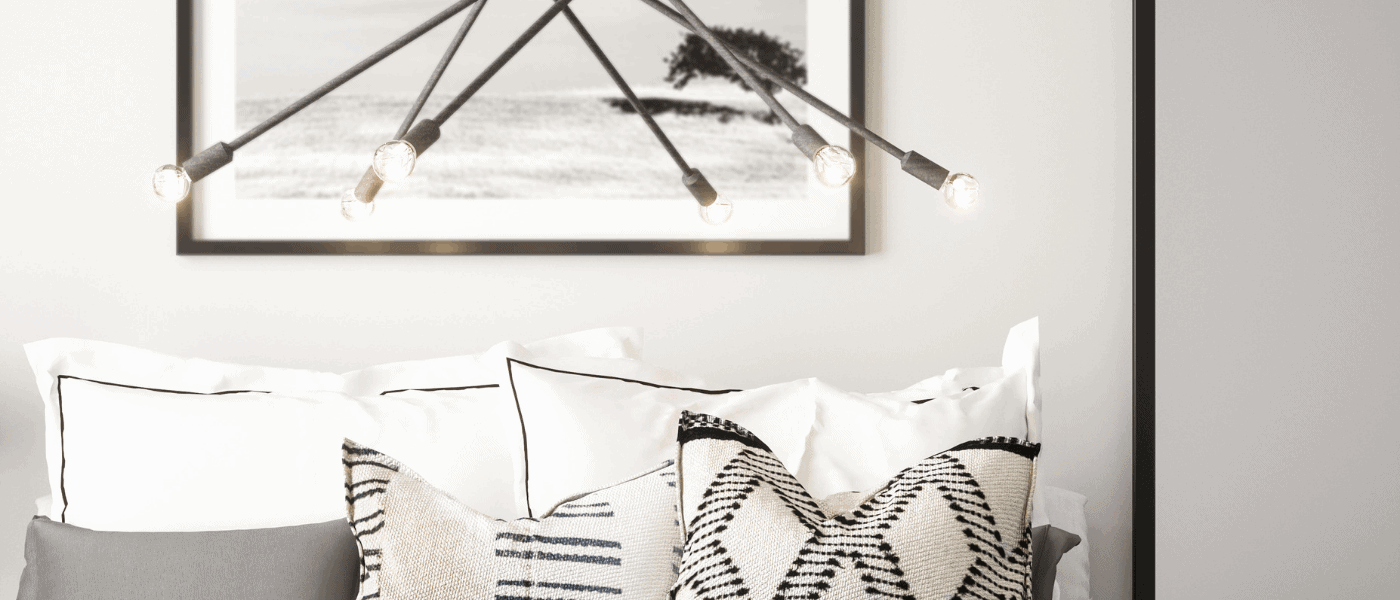
The Lighter Side of Things
The right lighting transforms an already beautiful room into something sensational. It begins with an understanding of what kind of light the room needs.
There are 4 basic kinds of lighting:
GENERAL OR AMBIENT LIGHTING
Creates even, overall lighting: recessed, soffit, track lighting, chandeliers, pendants.
TASK LIGHTING
Bright, focused light for specific tasks such as reading and office work: desk, floor, and table lamps.
ACCENT LIGHTING
Adds drama and interest to a room. Direct the light onto areas you want to highlight, such as artwork, plants, or interesting architectural features: uplights, sconces, Tiffany lamps, rope lights, picture lights, and candles.
NATURAL LIGHT
This is determined by the size of your windows and the direction the room is facing. Southern-facing rooms have the most amount of natural light.
Images curtesy of: Cook’s Lighting & Hagen’s Lighting – Tyler, TX.
Purpose of a Room
When planning the lighting in a room, think about what specific tasks or activities will take place there. Dimmer switches and lamps with three-way switches enable you to instantly adjust the lighting. Choose the right lampshades or globes to properly diffuse the light for its intended purpose. Kitchens need a lot of light, especially the food prep areas. Recessed lights and pendants work well overhead, with puck lights under the cabinets for task lighting.
For the bathroom, aim for bright, even lighting. Eliminate shadows by using ambient lights in the ceiling with sconces on each side of the vanity mirror. To create a spa experience, use dimmers or turn the lights off and use mood lighting, such as candles.
Dens and bedrooms need less light. Use overhead lighting such as track lights in the den, placing task lamps near comfy reading chairs. In the bedroom, use wall-sconces or floor lamps for ambient lighting and table lamps or wall-mounted fixtures with adjustable arms by the bedside
About Light Bulbs
Warm, incandescent light is preferable in most areas of the home. Cool light is better for task lighting, as the cooler hues create more visual contrast making it easier to see subtle details in subject matter. Fluorescent and CFL bulbs cast the coolest hues. LEDs fall somewhere in the middle of the spectrum.
Incandescent and Halogen bulbs. Both produce warm, incandescent light and are preferred for living spaces. Although both are inefficient light sources, halogen bulbs last slightly longer.
LEDs. LEDs are also a popular choice, as they produce a warmer light than CFLs and have a lifespan of roughly 50,000 hours (compared to 1,000 for incandescent and 3,000 for halogen). A 10W LED puts out the same amount of light as a 60W incandescent.
Fluorescent and CFL bulbs are efficient and cost-effective, though their cool, white light limits their uses in the home. CFL technology has improved, however, offering bulbs in the warmer end of the color spectrum. Note: Both fluorescent and CFL bulbs have mercury in them and must be disposed of properly. (Read “Recycling and Disposal of CFLs” on epa.gov).PHOTO COURTESY OF BEND LIGHTING
Connect with the industry’s best tradespeople in your area.
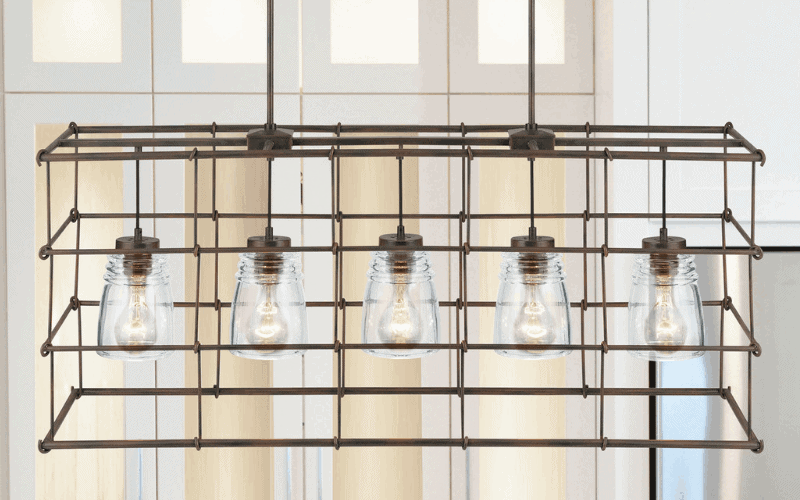
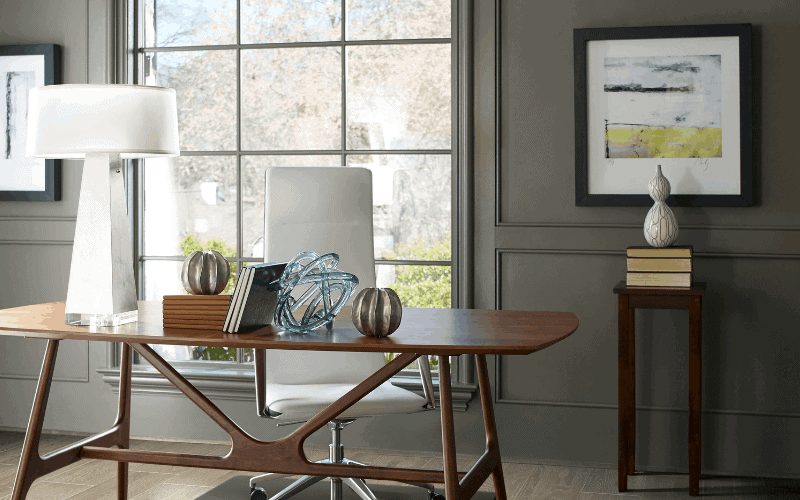

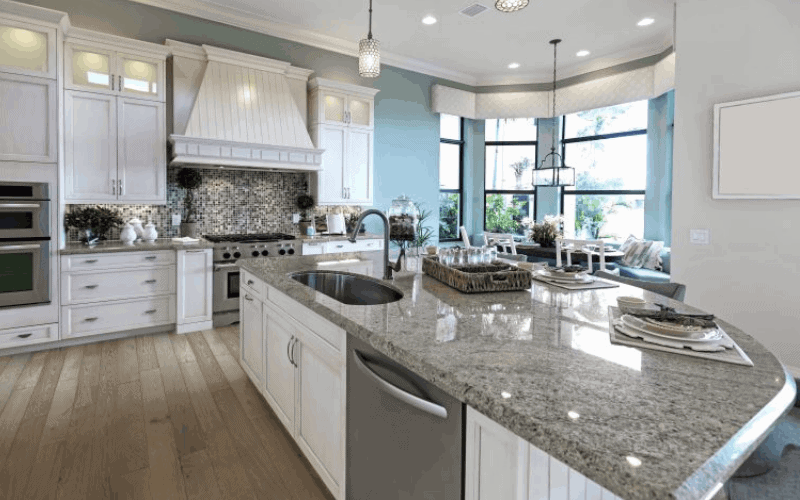
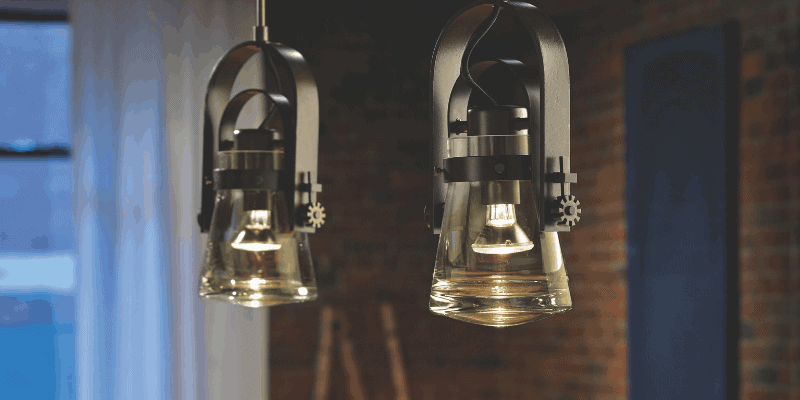


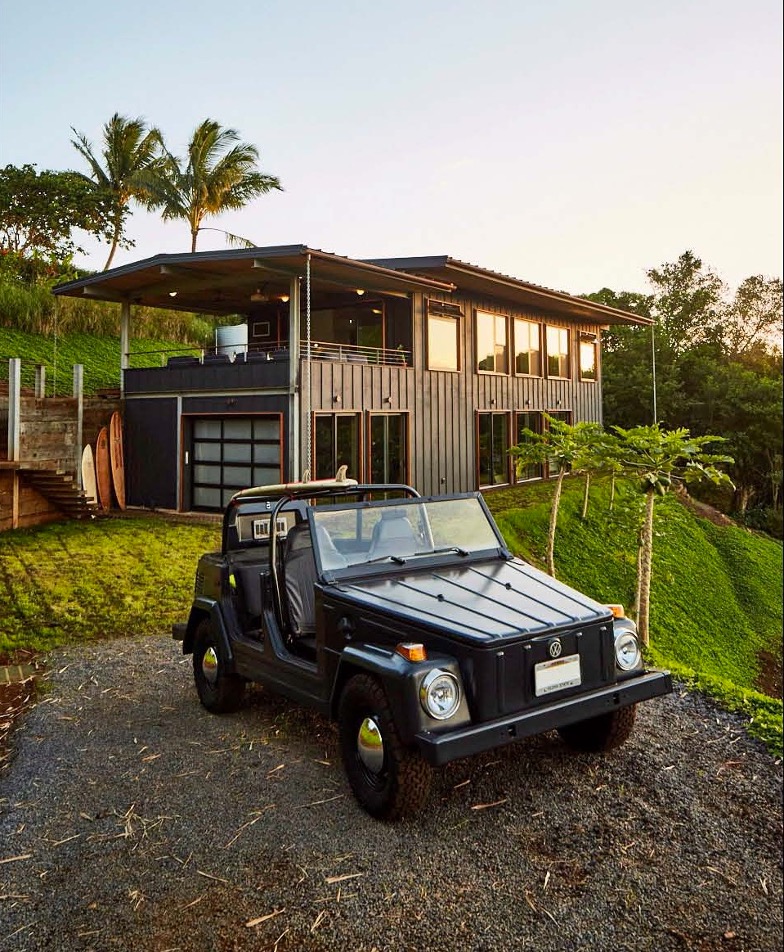

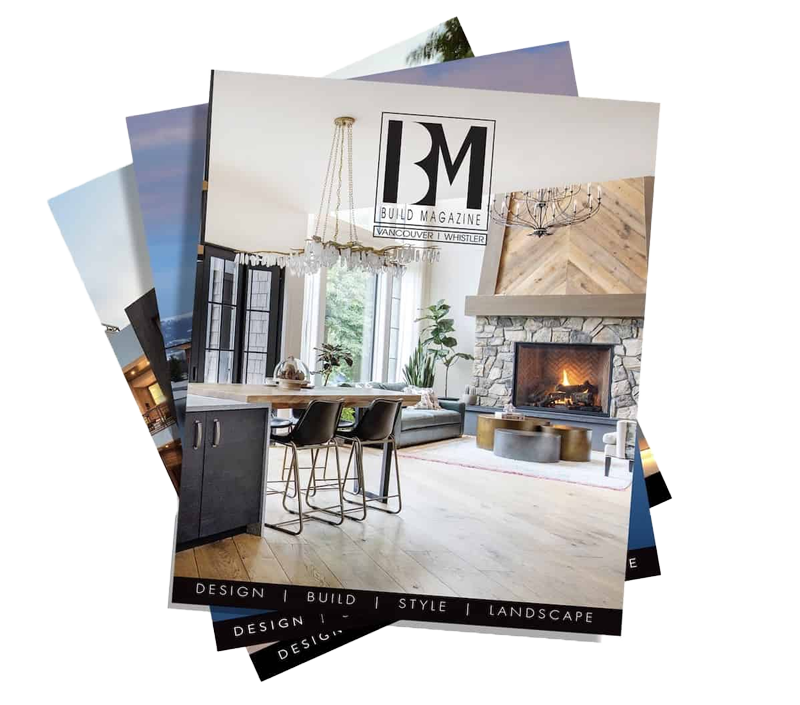
Post a comment